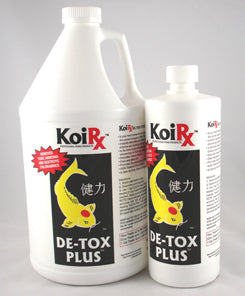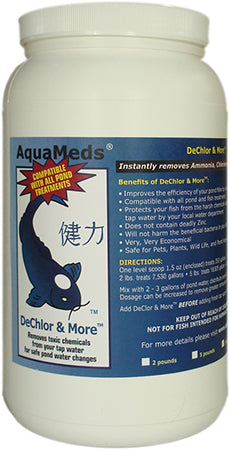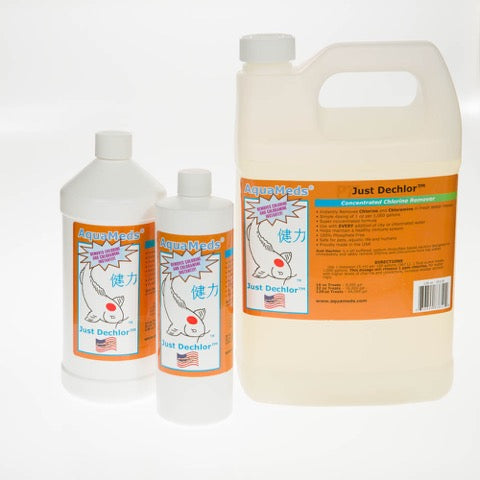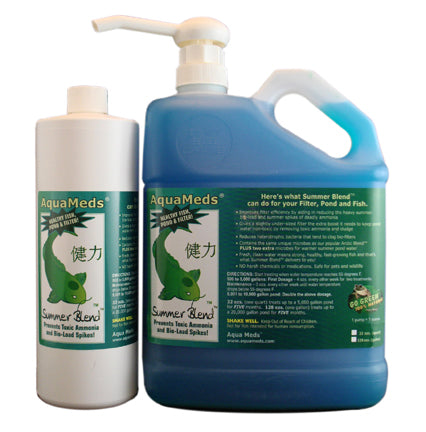Ponds are a great way to make the most of your garden and a great feature to it.
It is well known that water, especially running water, has a therapeutic effect, but with all these wonderful benefits ponds also require some tender love and care.
Water Chemistry is important to understand.
A Koi pond can be one of the best retreats available. The chance to simply relax and appreciate the beauty that is so unique to these living jewels.
Contaminated Water
Run-off water from a nearby stream, or collected rainwater may contain toxic insecticides, herbicides or fertilizers. Rainwater from metal roofs or asbestos shingles will contaminate the pond and may prove toxic to both the fish, and the plants. If the fish display signs of toxicity, execute a 50% water change and/or remove the fish to safe quarters, or a hospital tank until the water has been changed.
Water pH
The pH range of 6 to 8.5 is acceptable for most pond life. The primary concern with pH is its direct relationship to the toxicity of ammonia and nitrite. Each pH integer above the neutral 7 reflects a tenfold increase in such toxicities.
Any pH value below the neutral 7 is considered acidic. Baking soda or ground limestone will raise the pH level.
pH values over 8.5 will definitely stress the fish to the point of disease. We receive some calls where the pond owner claims to have a pH reading of 9.0 or more, and the cause for this is cement or mortar leeching toxic lime into the water.
Adding Salt to Your Pond
Salt is pretty amazing in its ability to control algae, detoxify Nitrites, kill parasites and its antiseptic qualities. Salt is a great item to use for your water quality, but first... you need to know how much to add. We feel that a 0.1% continual salt bath is a good level to run at all the time. To achieve this level, add 1¼ ounces of salt per 10 gallons of pond water.
See our Salinity Calculator for more help.
The maximum level of salt that you can run without major damage to the fish is 0.3%. This high salt level is used for treating fish wounds and parasites. To achieve this level, add 3.8 oz. of salt per 10 gallons. This salt level is better suited for a bath, or in a hospital tank.


















